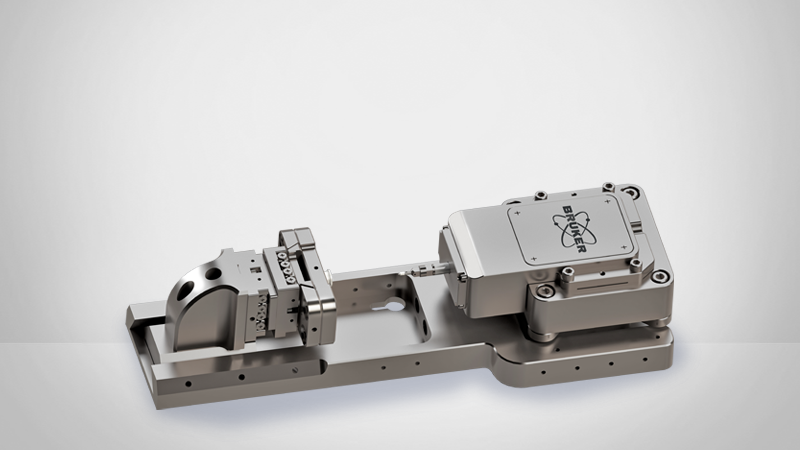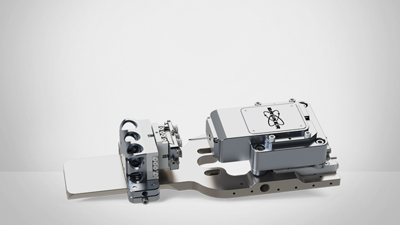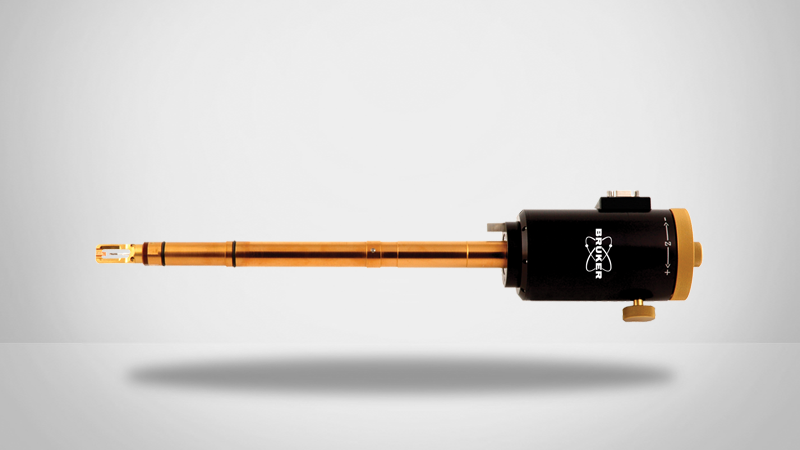SEM and TEM Heating
With most modern materials, it is not enough to simply measure mechanical properties at room temperature when the material is processed at, or put into service in non-ambient temperatures. To advance understanding of the mechanical behavior of materials at elevated temperatures or in harsh environments, Bruker has developed sample heating upgrade options designed specifically for the SEM and TEM Series PicoIndenter instruments.
Bruker offers two heating options for the Hysitron PI Series instruments at temperatures up to 1000°C. In-situ heating up to 400°C is accomplished through the use of a resistive MEMS heater. In-situ heating option up to 800°C and 1000°C is accomplished by a resistive sample heater and an independent probe heater. This activates a variety of deformation mechanisms for nanomechanical study, such as the brittle-to-ductile transition in glasses and polymers. Due to the small size of the heating element, the region of elevated temperature is highly localized which minimizes extraneous heating of system components and provides the maximum level of stability for mechanical testing. Temperature is actively measured and feedback-controlled to ensure that the desired value is achieved. Besides providing live high-resolution imaging, it’s beneficial to perform these tests in the SEM as the high vacuum environment limits the oxidation of the sample. Water circulation through cooling blocks at the sample heater and transducer minimizes thermal drift of the system.
For the PI 80, PI 85E (learn more about the new model of this system), and PI 89 SEM PicoIndenter instruments, a newly developed heating option enables high resolution in-situ nanomechanical characterization of mechanical properties as a function of temperature. Such testing benefits applications (aerospace, automotive, nuclear, fusion, etc.) which demand high temperature materials capable of reliable performance in extreme operational environments. Featuring active tip heating and a liquid cooled heat sink, the system was designed to maximize the testing temperature, while minimizing drift and heat transfer to the microscope chamber.


